
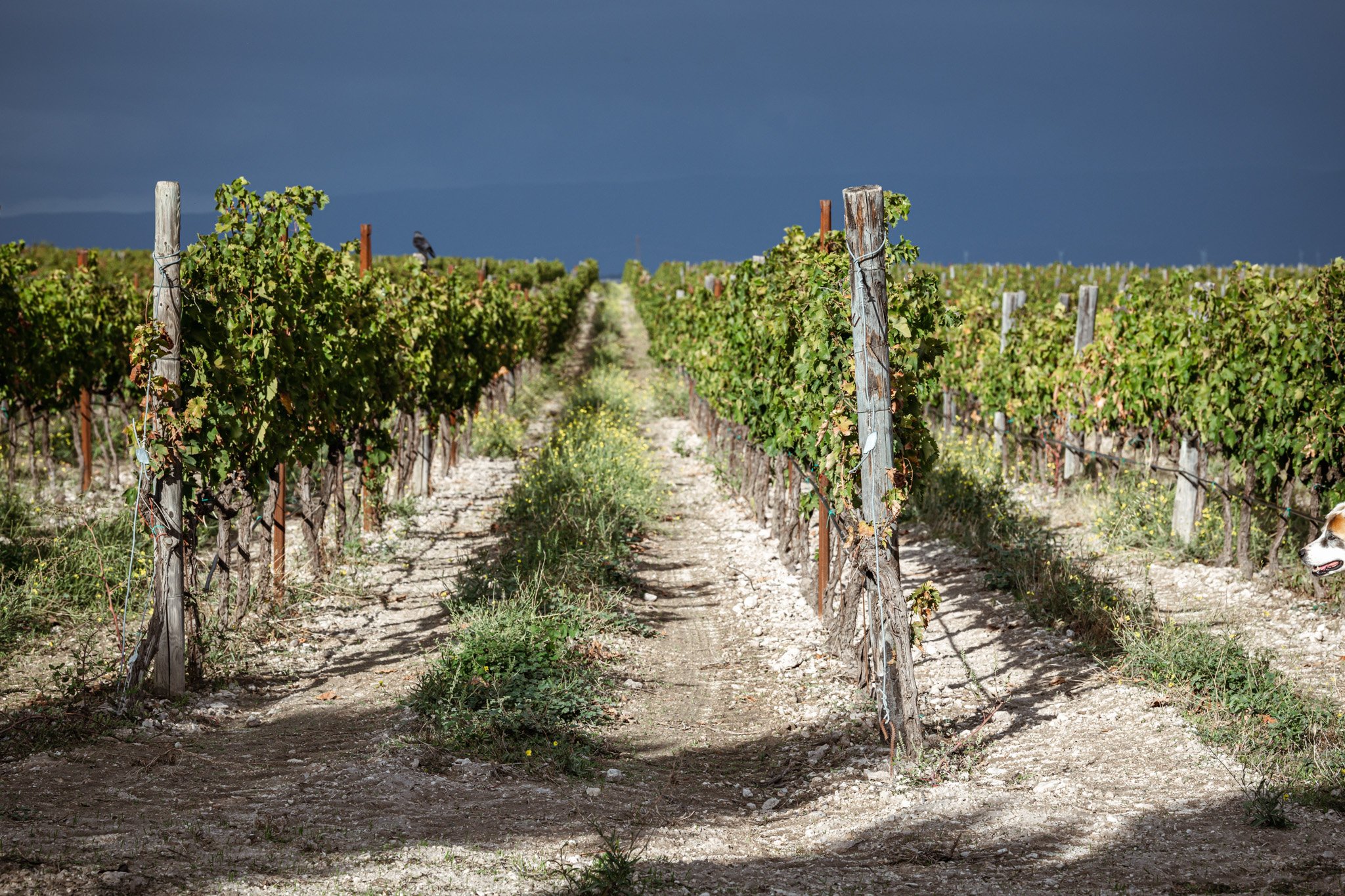
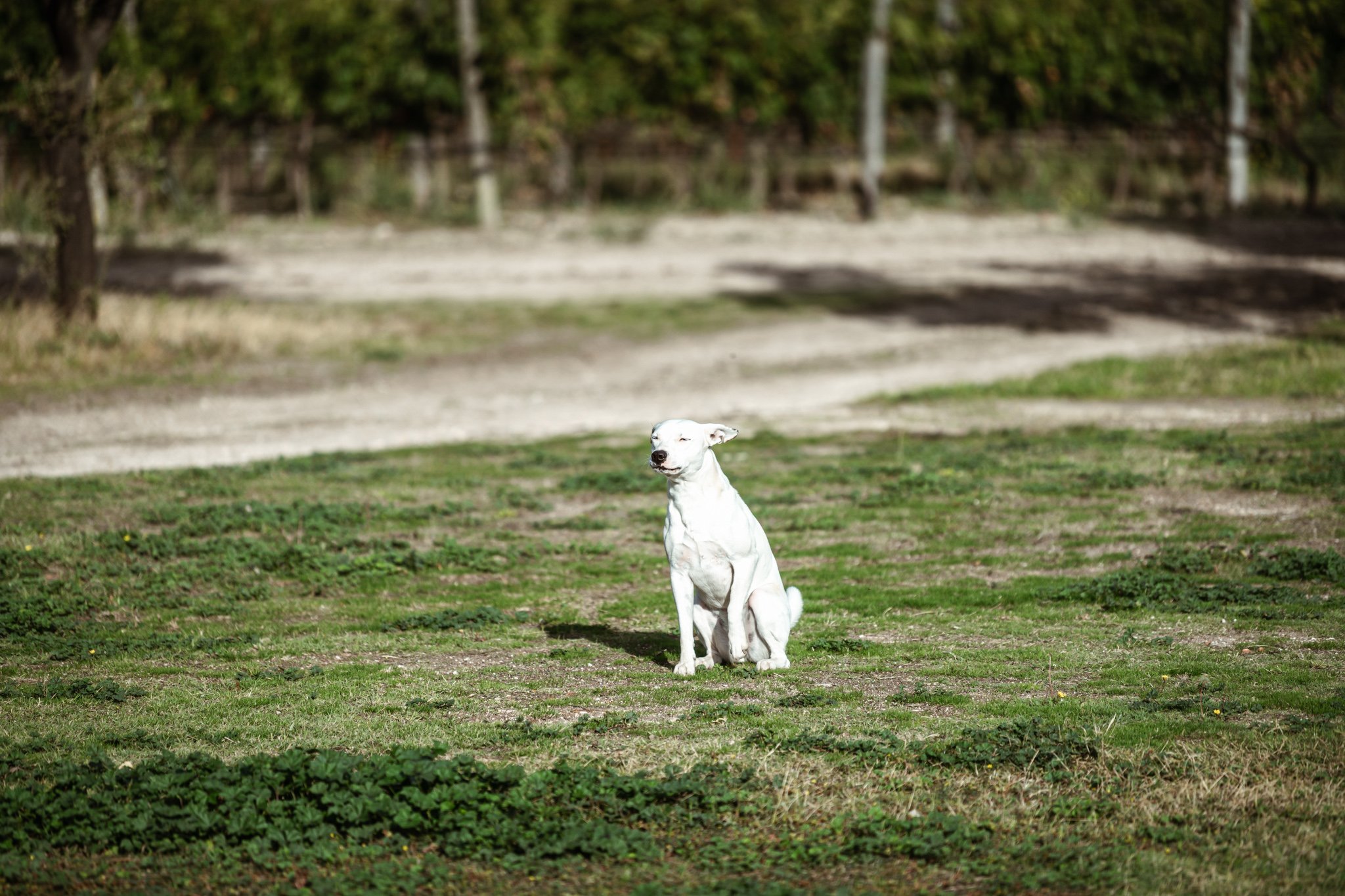
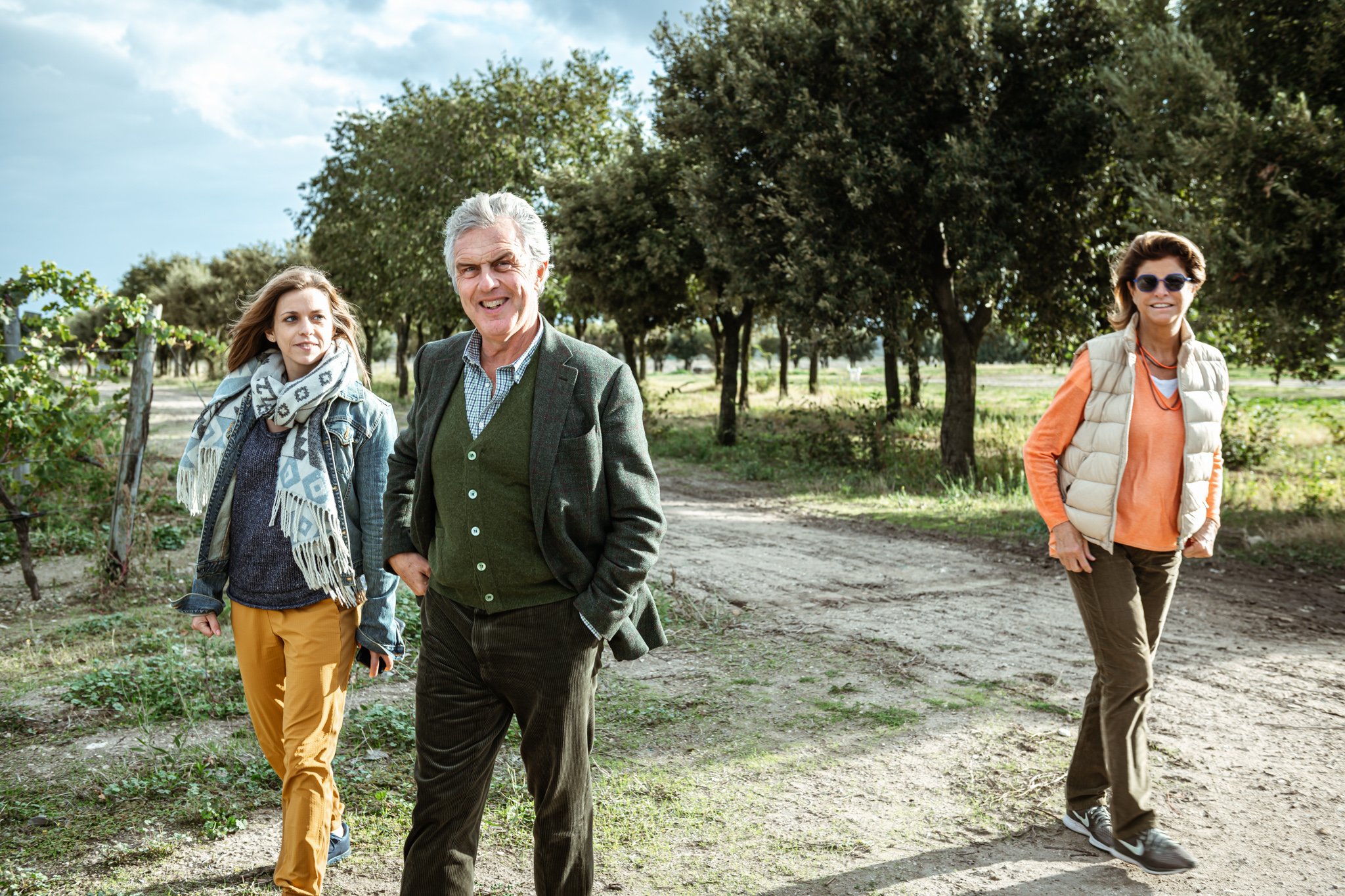
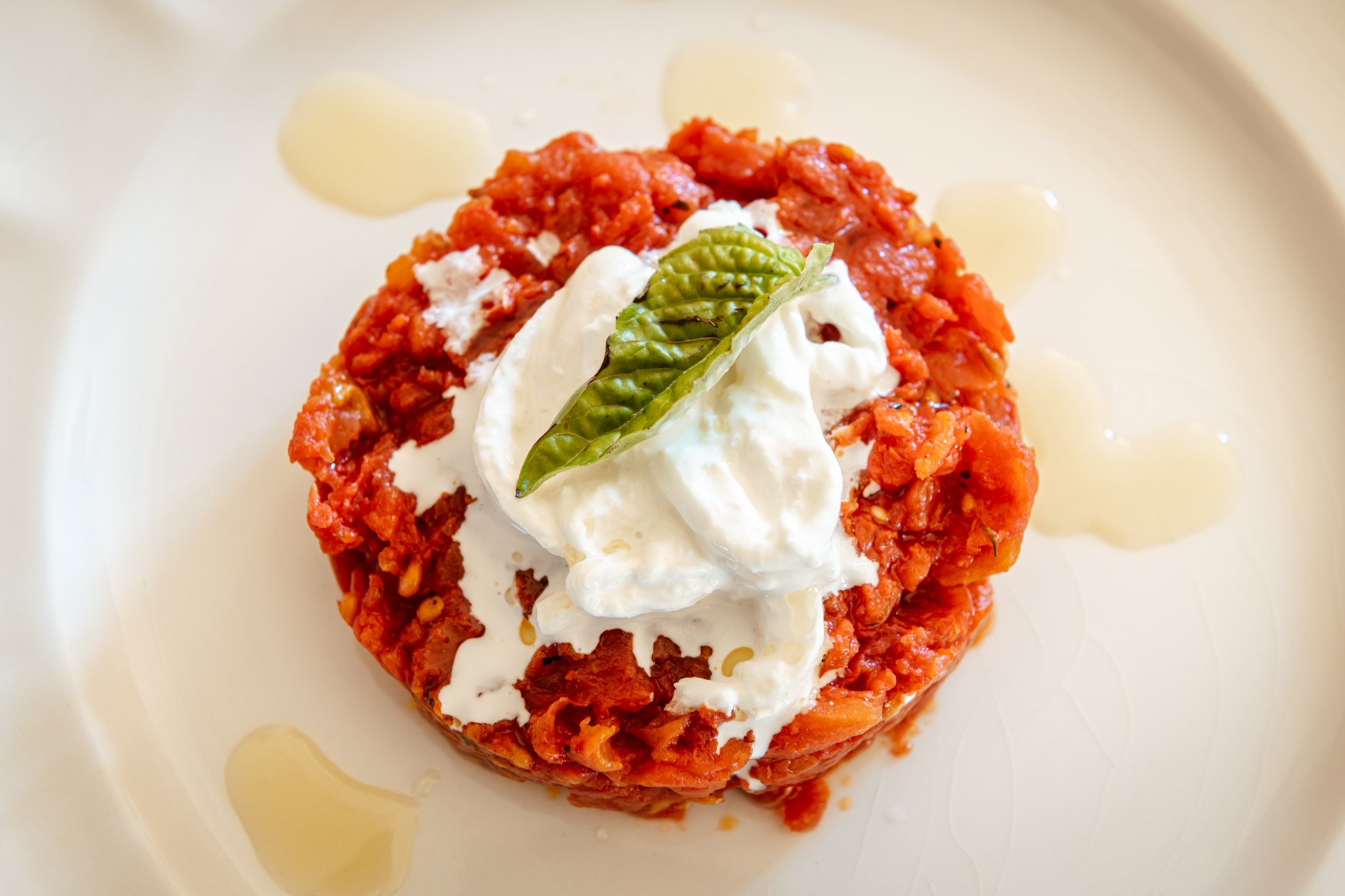
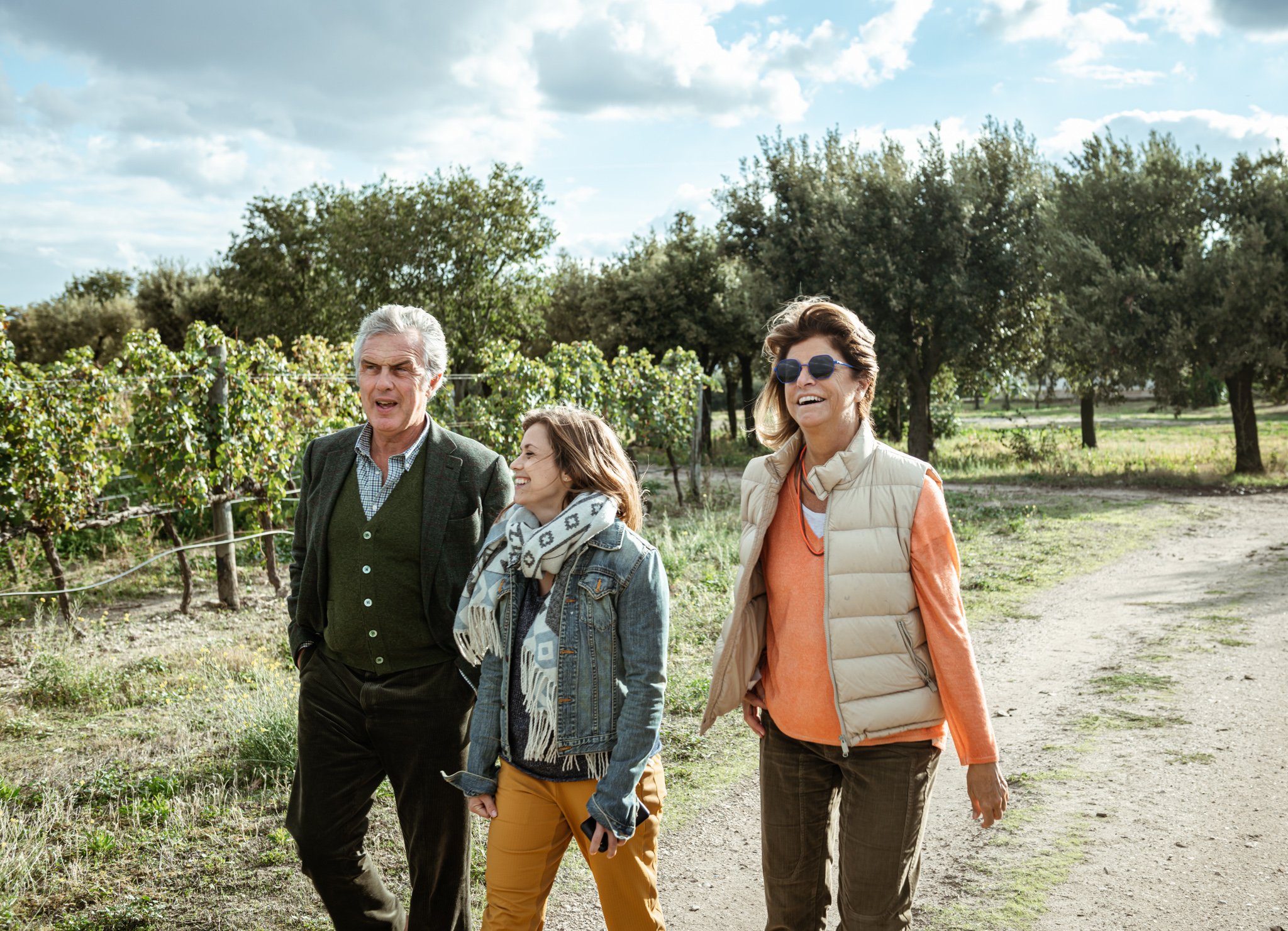
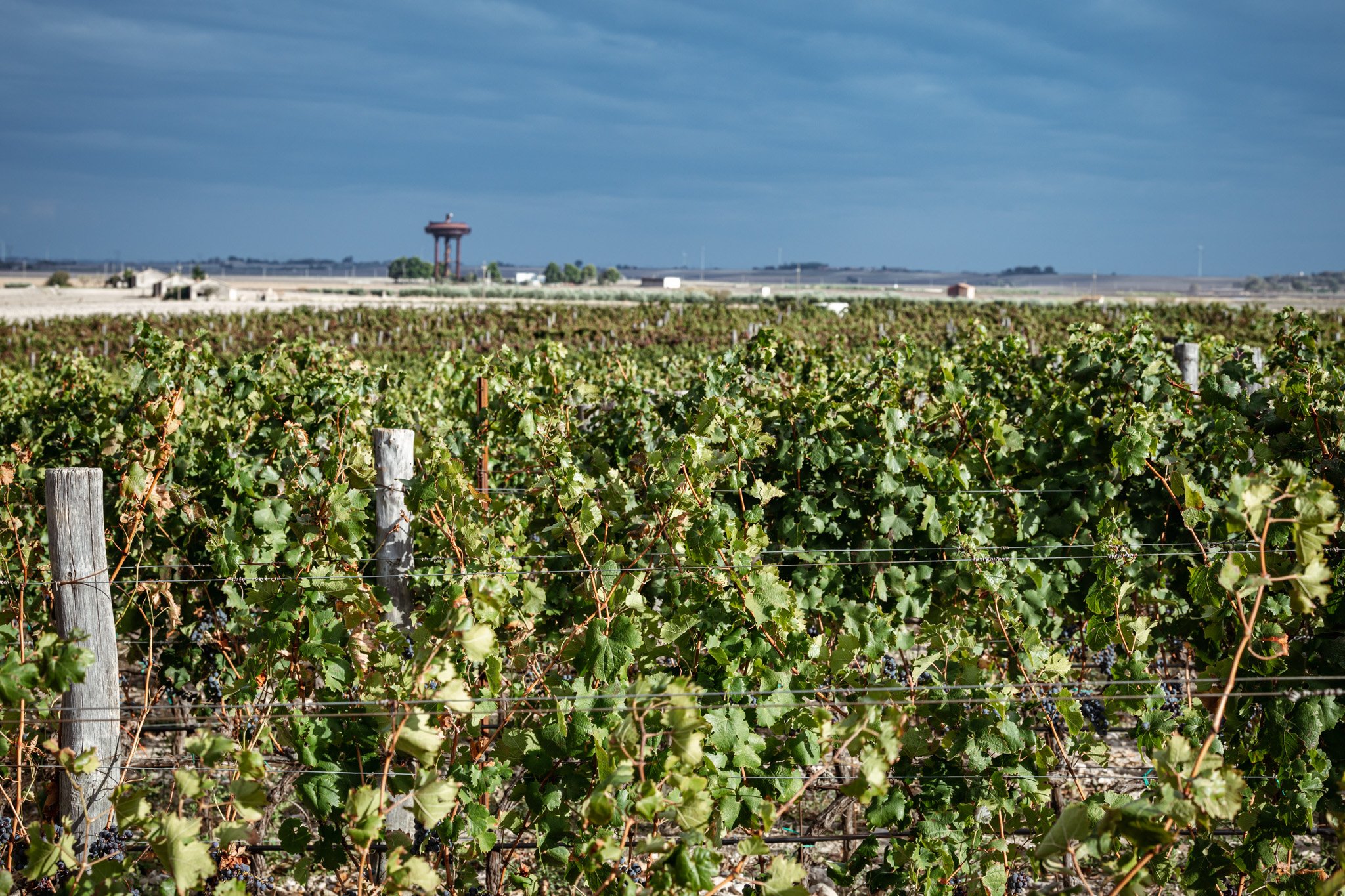

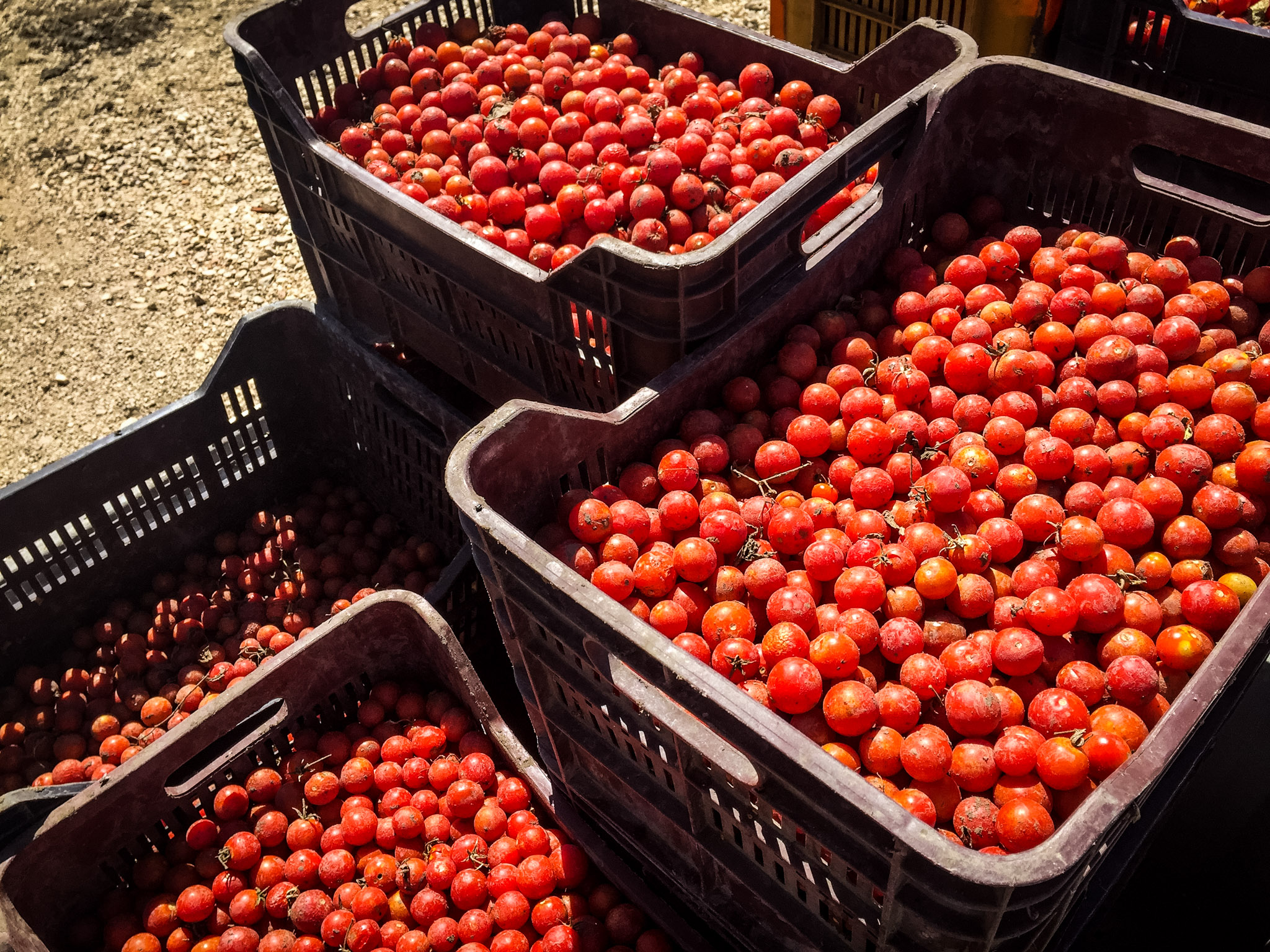
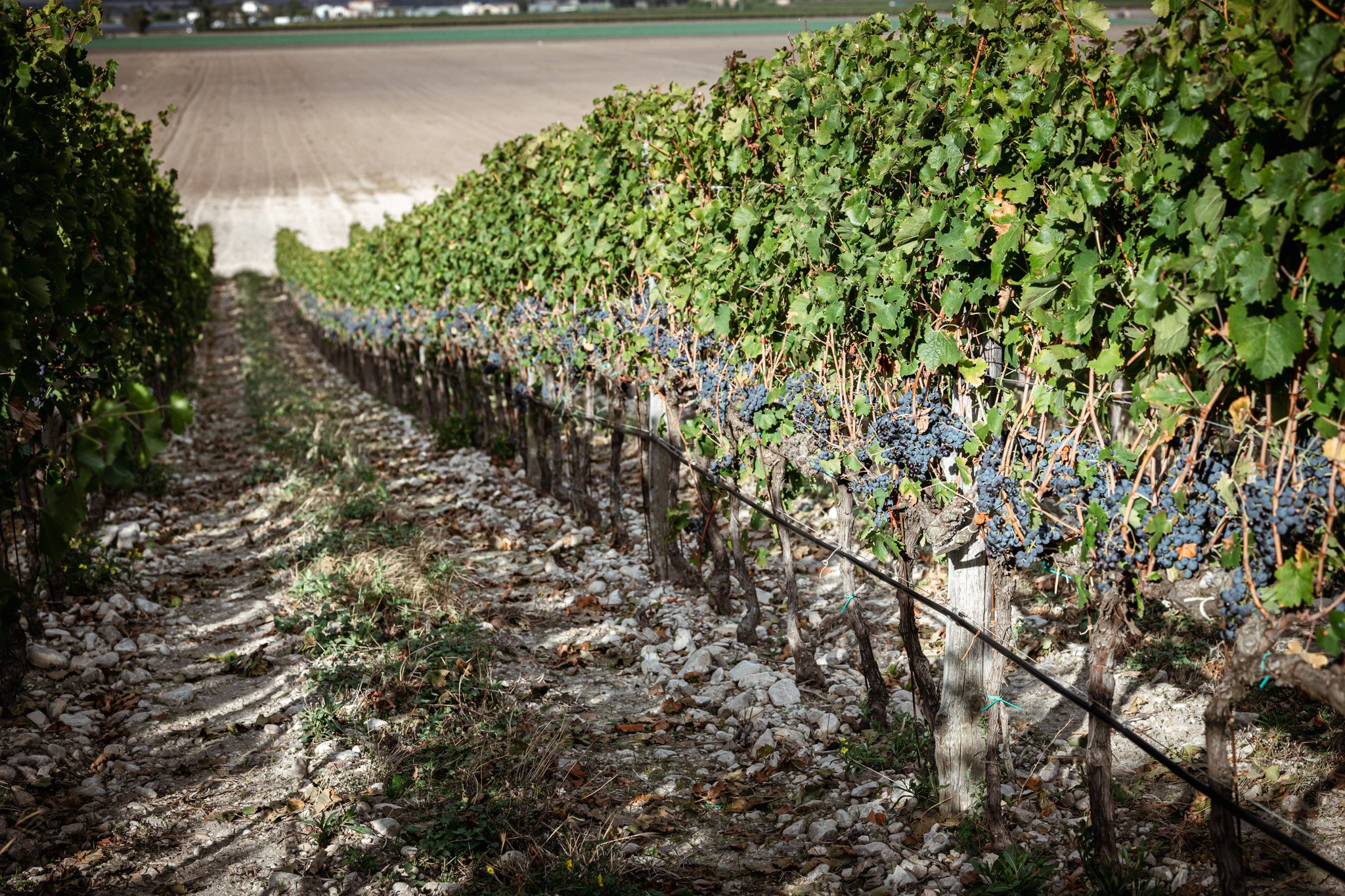
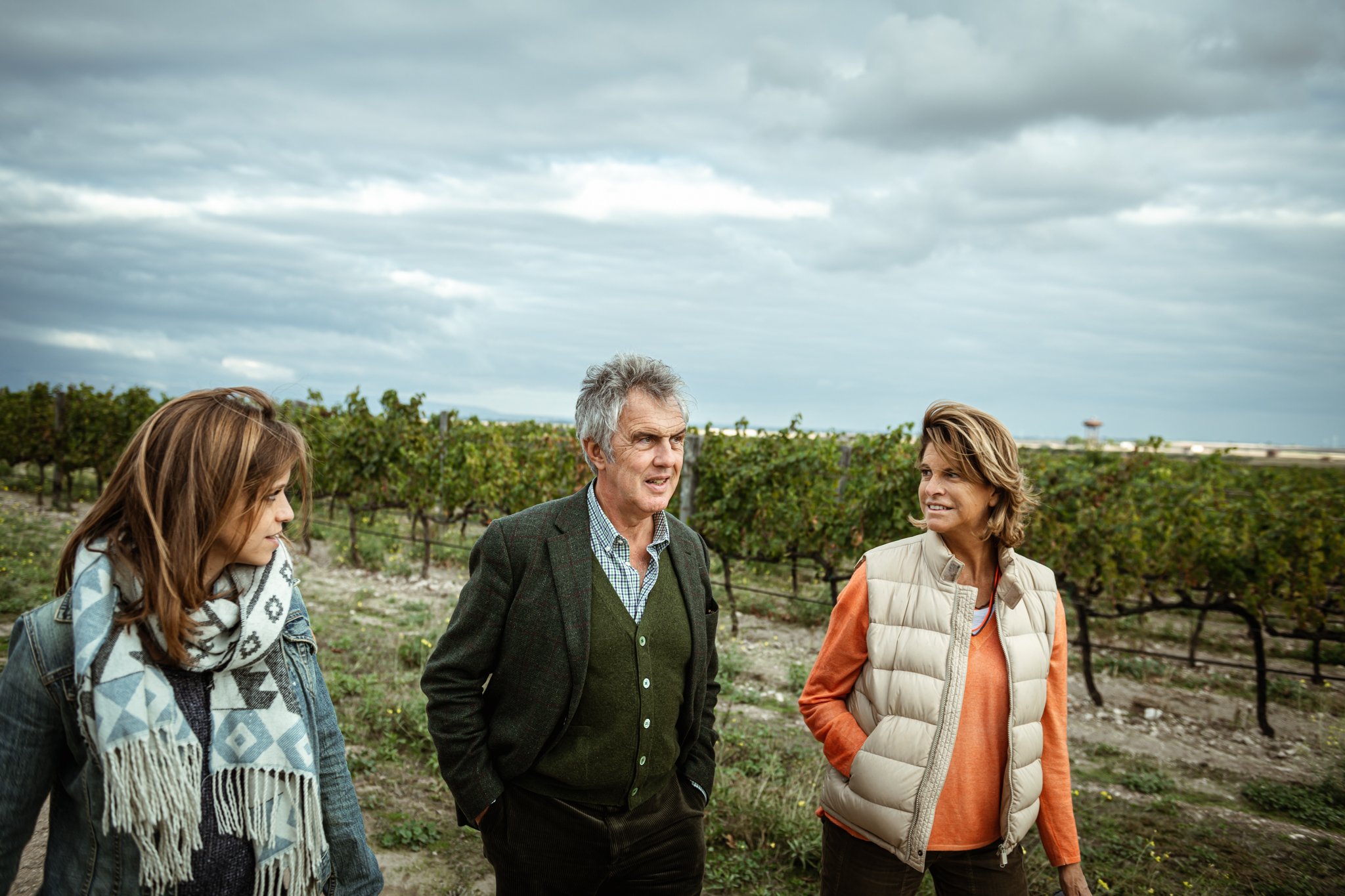
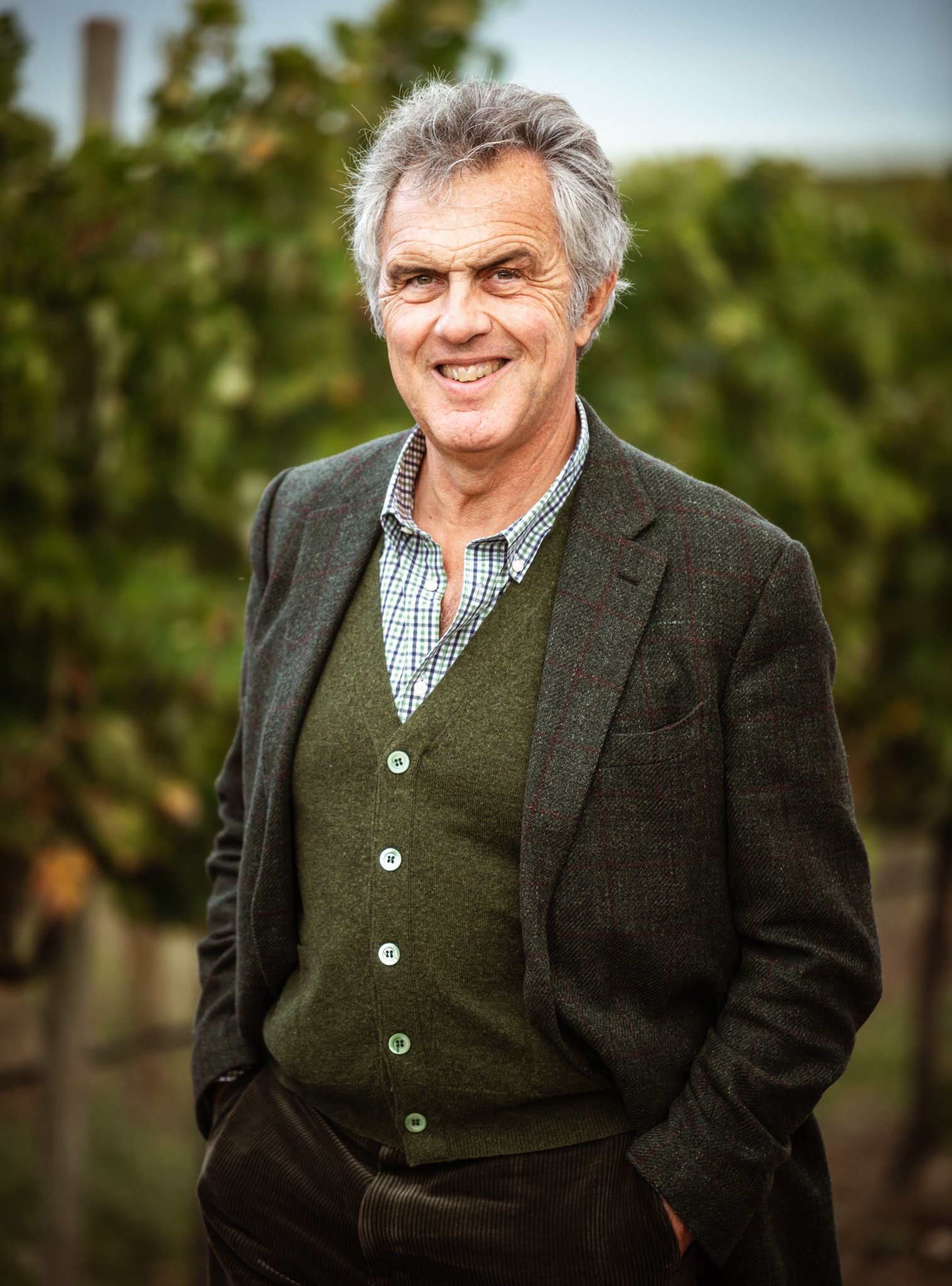
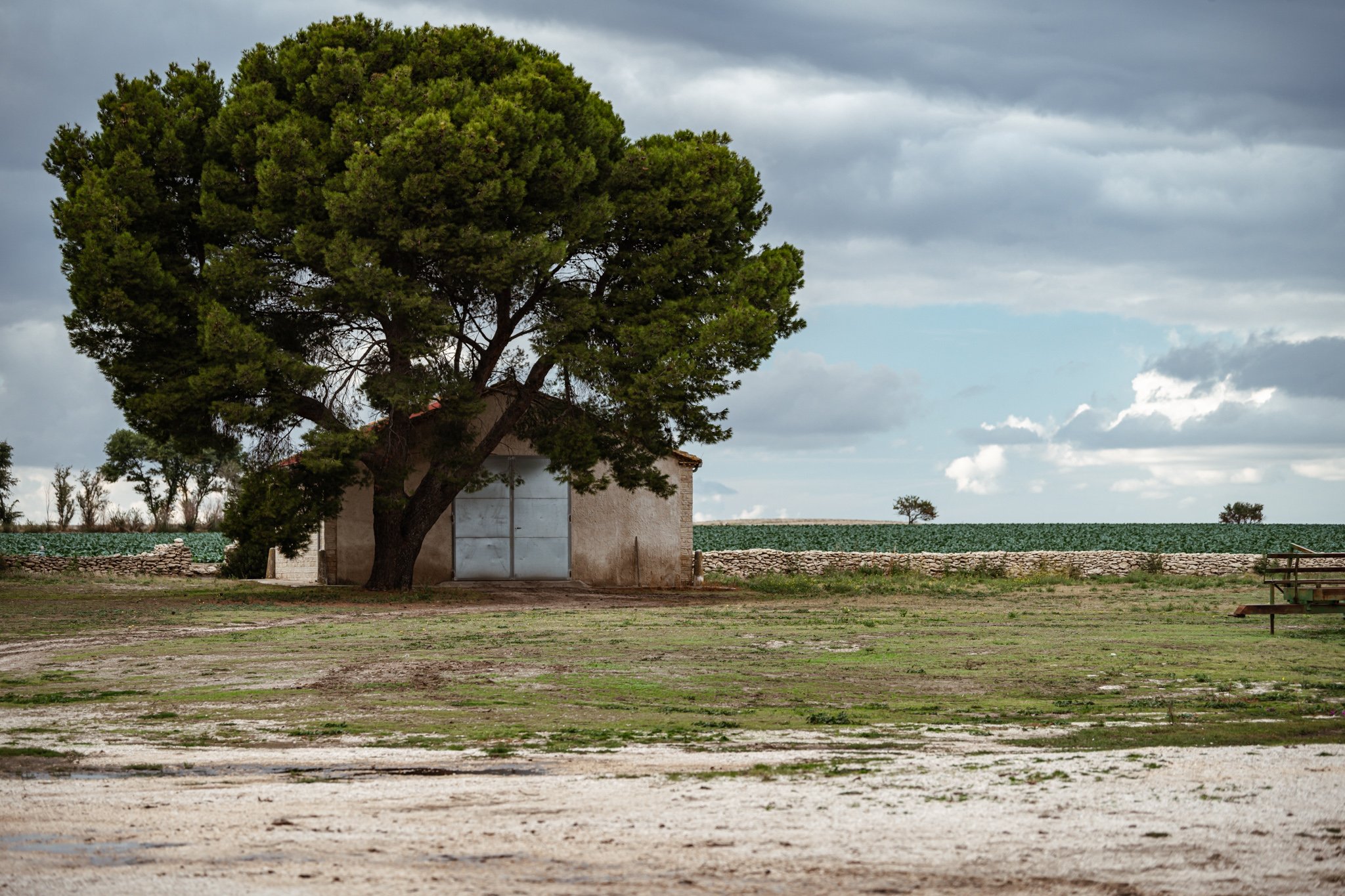

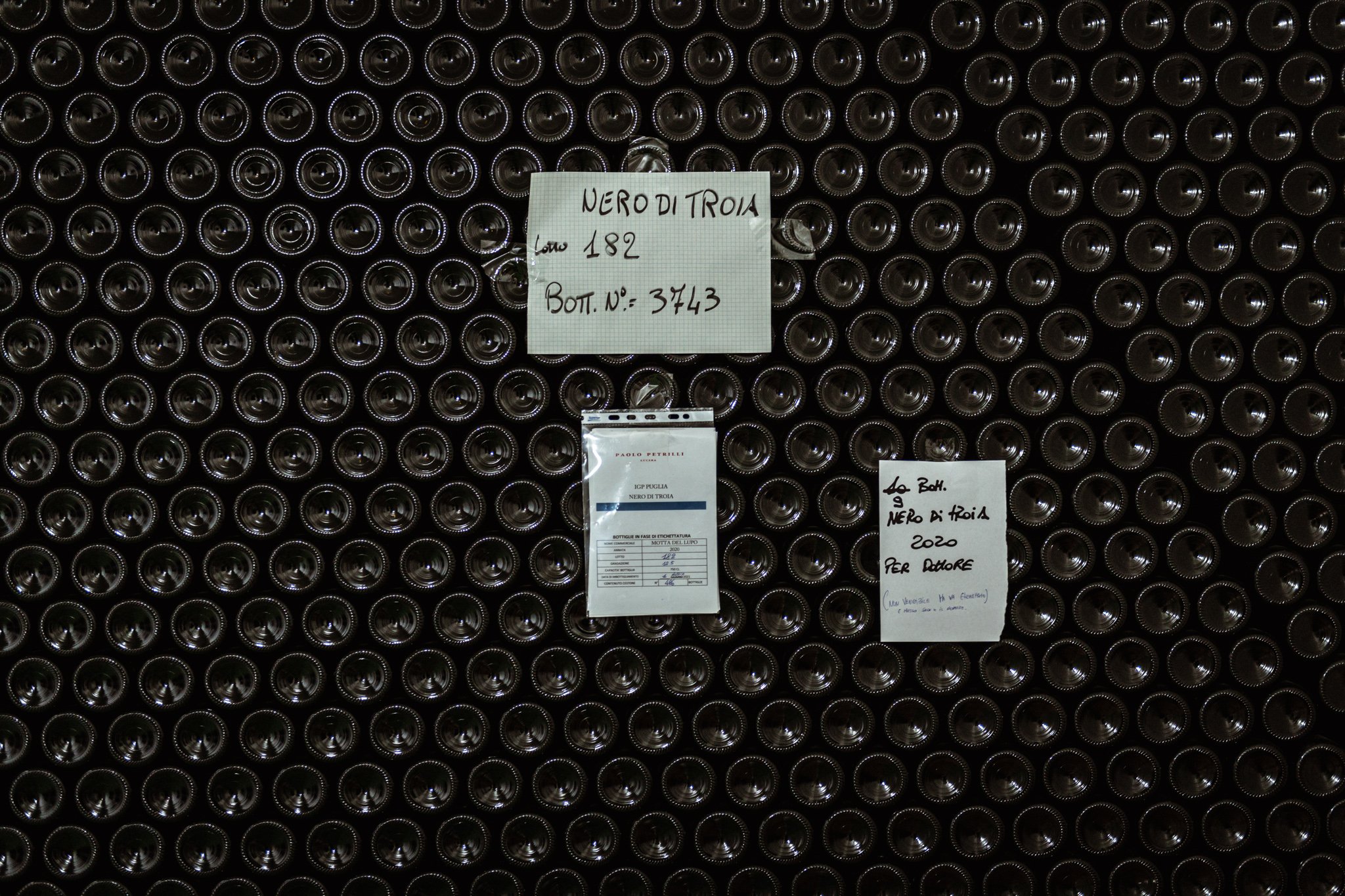

Paolo Petrilli
Who: Paolo Petrilli
Where: Lucera (Puglia, Italy)
What grapes: Nero d’Troia, Aglianico, Montepulciano, Sangiovese, Bombino Bianco
Key facts: Paolo’s certified organic wine, pasta, and tomato estate is a great place to discover the character of Nero d’Troia.
Website: https://www.paolopetrilli.it/en/
Instagram: @paolopetrilliaziendaagraria
Paolo Petrilli Metodo Classico Brut Pas Dosè
Viticulture: Organic
Soil type: Stony Clay
Elevation: 200m
Grapes: Bombino Bianco
Method of fermentation: primary fermentation in steel tank. Secondary fermentation in bottle (champagne method). No added sugar/dosage.
What to do with Bombino Bianco. Paolo did something brilliant. Subtle aromas of honey, pear, and white flowers make this low-volume charmer ideal with delicate cuisine. Sushi. Bombino is maligned in some circles. Yields are naturally high, and aromas can be neutral. Bombino admirers will be emboldened by Petrilli’s effort. Certified organic and vegan, grown near Lucera, in Puglia’s fertile north. I’ve been excited since Paolo sent samples of this new project about a year back. Bubbly is on the brain at PWI headquarters. More and better sparkling wine is making its way to our loading dock.
Paolo Petrilli “Agramante” Cacc’e Mmitte di Lucera DOC
Viticulture: Organic
Soil type: Stony Clay
Elevation: 200m
Grapes: Nero di Troia, Sangiovese, Montepulciano, Bombino
Method of fermentation: Pressing and gentle de-stemming of whole grapes. Spontaneous fermentation in truncated conical casks of French and Slavonian oak. Aged in stainless steel and bottled after around 18 months, unfiltered.
Paolo Petrilli “Motta del Lupo” Cacc’e Mmitte di Lucera DOC
Viticulture: Organic / Vegan
Soil type: Stony Clay
Elevation: 200m
Grapes: Nero di Troia, Montepulciano, Bombino
Method of fermentation: Harvested starting in mid-September. Fermented in stainless steel for a week, with regular pump-overs. Lightly filtered.
Motta del Lupo roughly translates to stronghold of the wolf. Our favorite canine is now cerberus, a three-headed-dog guarding your wallet (or something, it’s early and I haven’t had coffee.)
I probably drive Paolo nuts. I’m always begging for more bottles of his phenomenal, affordable Motta del Lupo (Nero di Troia, Sangiovese, Montepulciano, Bombino) and endless bags of ancient grain, bronze dye-cut pasta: “the best in Italy” according to former chef turned winemaker (and PWI colleague) Daniele Piccinin. Lightly chill this wine and drink it with all the grilled meats till Labor Day, lamb in particular. — JM
Paolo Petrilli “Motta del Lupo” Nero di Troia Puglia IGP
Viticulture: Organic / Vegan
Soil type: Stony Clay
Elevation: 200m
Grapes: Nero di Troia
Method of fermentation: Hand-harvested in small baskets to balance fresh acidity and maturity. Whole berry fermentation for 6 days, 80% in stainless steel, 20% in barrique. Rests on the lees until bottling.
Just in, we have a 100% Nero di Troia Motta del Lupo, because Lucera’s highest-quality indigenous red grape deserves a spotlight.
It’s awesome to have a monovarietal iteration of this compelling Puglian grape in the warehouse. All the herb and structure in the DOC blend remains in this bottling. To my palate it’s a tad more serious, flavors veer darker. — JM
Paolo Petrilli “Motta del Lupo” Rosato Puglia IGP
Viticulture: Organic / Vegan
Soil type: Stony Clay
Elevation: 200m
Grapes: Nero di Troia
Method of fermentation: Hand-harvested in small baskets to balance fresh acidity and maturity. Whole berry fermentation for 6 days, 80% in stainless steel, 20% in barrique. Rests on the lees until bottling.
And finally, we have a Motta del Lupo rosato! Paolo has been teasing us with rumors (and pictures of) this fresh Mediterranean rosé for almost a year. I’m ready to dive in.
Is 2020 a great vintage because farmers were stuck in fields, freed from the sales work and travel that’s a part of modern winemaking life? Or was it simply a stellar year? The roses are all showy, extravagant aromas, ripeness, wonderfully forward, and currently appealing. Paolo’s wine makes me want a tartine, and a can of conservas, sardines or maybe sea scallops in spicy sauce. Vegan/organic/amazing. — JM
Paolo is a learned man immersed in his country’s history and literature. He isn’t stiff: he’s an intellectual that’s also fun to be around. He is soft-spoken, perceptive, and kind. Paolo’s many interests make him great company for sharing a meal and a bottle of wine. We are on the same wavelength regarding the role of food and wine in our lives, and the ethics of their production. La Motticella is the manifestation of this philosophy.
A tour of the farm:
It was windy and cold outside. Friendly dogs followed us as Signore Petrilli spoke of the history of his farm and the surrounding territory. It’s a common story in the south, three families controlled virtually the entire area nearby, roughly south of Monte Gargano. Development of a modern natural farming community in the area was slowed by this history and the less-than-ideal distribution of land that followed the dissolution of feudal agricultural patterns.
The land is not dramatic, but it is pretty, gently sloping, a low rise covered with vines, surrounded by excellent tomato territory. Paolo Petrilli farms and bottles some of the best, most coveted organic tomatoes in Italy. They are in very short supply. We will have to settle for importing them a jar or two at a time. I’m vocal about wanting more.
He works 11ha of vines, all planted on stony soil in 1998 and 2002. La Motticella was one of the first certified organic estates in southern Italy. All the fruit is estate grown and bottled, a key component of keeping the standards high. “If we don’t get good quality, we don’t produce. Petrilli said.” They skipped 2004, for example, because of botrytis.
“I don’t have international varieties.” Fine by us. This farm is dedicated to the best flavors of northern Puglia. Nero di Troia, Sangiovese, Montepulciano, Aglianico. “Nero di Troia is a very rough grape, hard to tame,” Petrilli said. “Most of the soil around here is very good, strong, fertile soil. My vineyard has stones.” That rocky material is necessary for tempering the vigor of vines and yielding a wine worth finding.
The wines:
Paolo makes 25,000 bottles of wine per year, from a small hill at the top of his farm surrounded by fields of local tomato varieties. They harvest by hand. The wines spend time in troncais barrels.
Fortuita IGT Daunia is not as concentrated as Paolo’s more expensive reds. It has a nice freshness, the result of a windy, dry vintage. Paolo’s “daily” wine is stellar, a combination of Montepulciano, Sangiovese, Aglianico and Nero di Troia that was a standout match with lunch at the farm, really stellar with pasta featuring Paolo’s tomatoes.
Agramante is mostly Nero di Troia, with some Montepulciano and Sangiovese. “This was once the wine of the poor man: you had to make it fast.” Agramonte is vinifed in stainless steel and then aged in wood. “When we started this was a simple, cheap product. I decided to aim for something greater.” This is the calling card of La Motticella for me, the one that resonates as most complete. It is also the most balanced wine I have tasted from Puglia. It was really encouraging to encounter this amazing, ideal southern wine.
Il Guerro is the wine that makes Paolo’s thoughts turn to youthful strength, to hunting boar in particular. My first encounter left me a little intimidated, it’s a wine of density, intensity. But I also made fervent notes to buy some, to try it more. It may be the wine that sleeps in our cellars for years, then emerges to blow our minds.
As we amble through a tasting of Paolo’s riservas our conversation turns to Italian literature and my notes fall apart. The wines in this line function perfectly, they are world-class and flawless. They also push your mind toward life’s other innately great creative things. So we talk of Zeno’s Conscience, Il Gattopardo… the dining room is wonderfully classical yet relaxed. There’s something about a wall of bookcases full of clearly well-loved volumes that sets the stage for real conversation. The Petrilli family are charming. Paolo’s mother is lively and opinionated, still the matriarch, sharp and perceptive. His wife shares Paolo’s generosity and patience (with tardy Americans!) and effortlessly rolls out a simple but nuanced Puglian feast. Paolo’s daughter is an island of calm and intelligence throughout our raucous lunch and wine tasting, a great guide for my reeling mind as I clearly lost my bearings among the multiple crosscurrents of conversation intersecting the table. Paolo’s son is irrepressible, full of life and energy and good humor. Tall, strong, maybe the backbone of a bright future at the estate?
I loved the wines, and loved my brief visit. If only this standard of quality was the regional norm, instead of a benchmark. But all communities need leaders, visionaries, and Signore Petrilli has all of the gifts and elements of character to be a transformative figure for Foggia.
Well, that was exhausting. I left La Motticella in a super mood, heady, happy, certain we’ve found our man.





